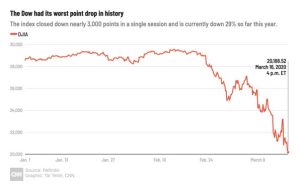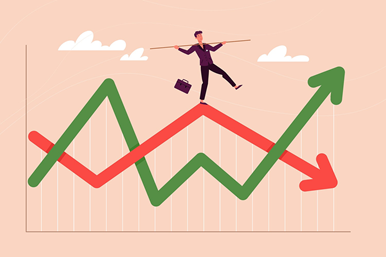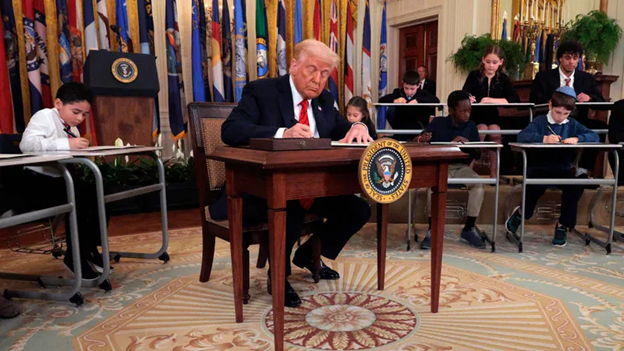On March 4, 2025, President Trump implemented a 25% tariff on Canadian and Mexican imported goods and a 20% tariff on imported goods from China, causing volatility in the stock market. The S&P 500, the index tracking the stock performance of the 500 largest businesses in the U.S., has dropped nearly 9% from its all-time high in the previous month. As President Trump’s tariffs go into effect, the stock market has seen a significant tumbling from February into March, with other stock market indices like the Dow Jones Industrial Average falling 4.1% and the NASDAQ Composite dropping nearly 8.1% since the start of the year.
This has sparked widespread fears of a recession from various economists. According to J.P. Morgan’s chief economist, the probability of a recession in 2025 is roughly 40%, compared to 30% at the start of the year. On March 16, Secretary of the Treasury, Scott Bessent, said, “there are no guarantees,” when asked about the likelihood of a recession, but also assured that he could predict that “[The U.S. government] [is] putting in robust policies that will be durable.”
The president’s aim in implementing tariffs is to address “the extraordinary threat posed by illegal aliens and drugs,” using tariffs as a tool to bring relevant countries such as Mexico and Canada to the negotiating table. However, another consequence of these tariffs,

in addition to a looming recession, is the escalating tension in trade, with possible trade wars – economic conflicts commonly resulting from raised tariffs – causing stocks to drop even more.
For more information:
Fact Sheet: President Donald J. Trump Imposes Tariffs on Imports from Canada, Mexico and China
Trump has begun another trade war. Here’s a timeline of how we got here
Recessions are difficult, but stagnant growth could prove more challenging, Stanford economist warns









